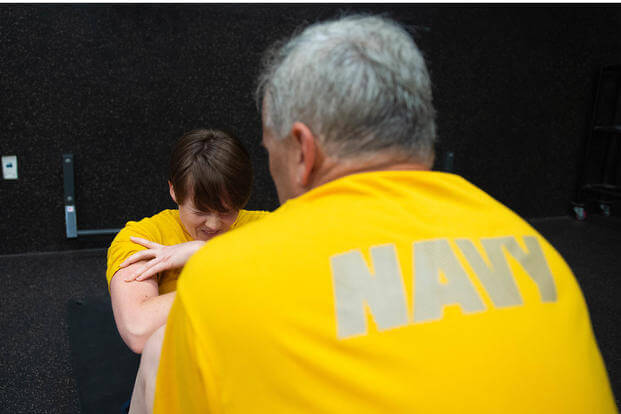When I answer questions for the Ask Stew Weekly Post, I often respond with this statement: "It depends."
A thorough answer to some questions depends on many variables: Athletic history, fitness goals, age, weight, current fitness condition, previous injuries, facilities and equipment available, time per day, days per week and countless other issues could affect the response.
Here are some classic questions on controversial fitness topics where the answer is "it depends," with some follow-up questions and where science is needed to give a full answer that fits your personal situation.
1. Are sit-ups bad for your back? Well, the military and science say yes. Do you want to argue with that? Many branches are replacing sit-ups and crunches with plank poses or hanging knee-ups.
It depends. Too much of anything can be bad for you. If you've had previous back injuries, never have exercised and have a weakened core system of muscles, just about any rigorous activity likely will cause soreness and pain.
The term "too much" is also relative. For the active exerciser who lifts free weights, does regular core exercises such as plank poses, suspension training, Pilates and others that strengthen the abs and the entire core system on a regular basis, they likely will not have the same issues with sit-ups as the deconditioned person who tries sit-ups twice a year.
For the person who does two-minute sit-up sets during PT testing cycles with little training in between, it would be considered "too much." Many military members and civilians alike sit for long hours in vehicles or at a desk and may not train as often as they should. Then, during PFT season, they start to practice sit-ups and crunches and then blame the exercises for their back pain, when any new and repetitive movement likely would have caused similar pain.
Will "too many" plank poses and hanging knee-ups cause similar issues? Standing by ...
2. My knees are bad and cannot do squats. After a series of questions, you can find out why someone cannot do or should not do one of the most fundamental movements we do as humans. To sit down and stand up requires functioning knees, but the movement also requires many other elements, such as balance, legs, hips, butt and lower-back muscle strength and flexibility.
This inability could be due to traumatic injury or congenital issues, but if it is due to weakness and the joints are still intact, these muscles can be strengthened safely, and the ability to sit down and stand up can be regained. If the knees are moderately healthy (without multiple surgeries or injuries), doing squats again is very possible.
Even running again is possible, depending on the person's health and body weight. Should you do squats with hundreds of pounds on your back? That depends on your ability, training history and a logical progression that builds up the entire body to handle that load.
First, start off with no-weight squats and lunges and build up by adding handheld weights or a weight vest to the sets during the training cycle. Add in other exercises such as walking stairs with and without weight, biking, elliptical and other non-impact cardio activities to get the knees used to movement again.
3. You don't need cardio because high-intensity interval training (HIIT) and metabolic conditioning training burn fat better. Well, this one depends on your personal likes, dislikes and goals. Why not do all of them and get good at things you haven't been good at doing, as well as having their benefits?
You may want to arrange them in your training year with a periodization cycle that fits your training time and fitness goals. Metabolic conditioning and HIIT -- balanced with classic strength training, calisthenics, plyometrics and regular cardio events -- should be coordinated into your workouts to provide a diverse training style.
If you are a tactical athlete (aka in the military, police, firefighter or first responder), you should try to be good at all fitness elements. Avoiding a type of training because you are bad at it or do not like it could become an issue if cardio endurance is needed in a life-and-death situation.
There are many ways to train and many more exercises to consider in your training program. One of the best pieces of advice is to take a look at what you are doing to train each week. Look at endurance and muscle stamina, strength and power, speed and agility, flexibility and mobility, and grip as the basic elements of fitness when you consider the methods you use to approach your fitness goals.
Maybe you are missing out on something that can help you reach a goal. As with any new activity, go into it as a beginner and with a logical progression so you don't attempt advanced movements before you are ready.
Stew Smith is a former Navy SEAL and fitness author certified as a Strength and Conditioning Specialist (CSCS) with the National Strength and Conditioning Association. Visit his Fitness eBook store if you’re looking to start a workout program to create a healthy lifestyle. Send your fitness questions to stew@stewsmith.com.
Want to Learn More About Military Life?
Whether you're thinking of joining the military, looking for fitness and basic training tips, or keeping up with military life and benefits, Military.com has you covered. Subscribe to Military.com to have military news, updates and resources delivered directly to your inbox.
















